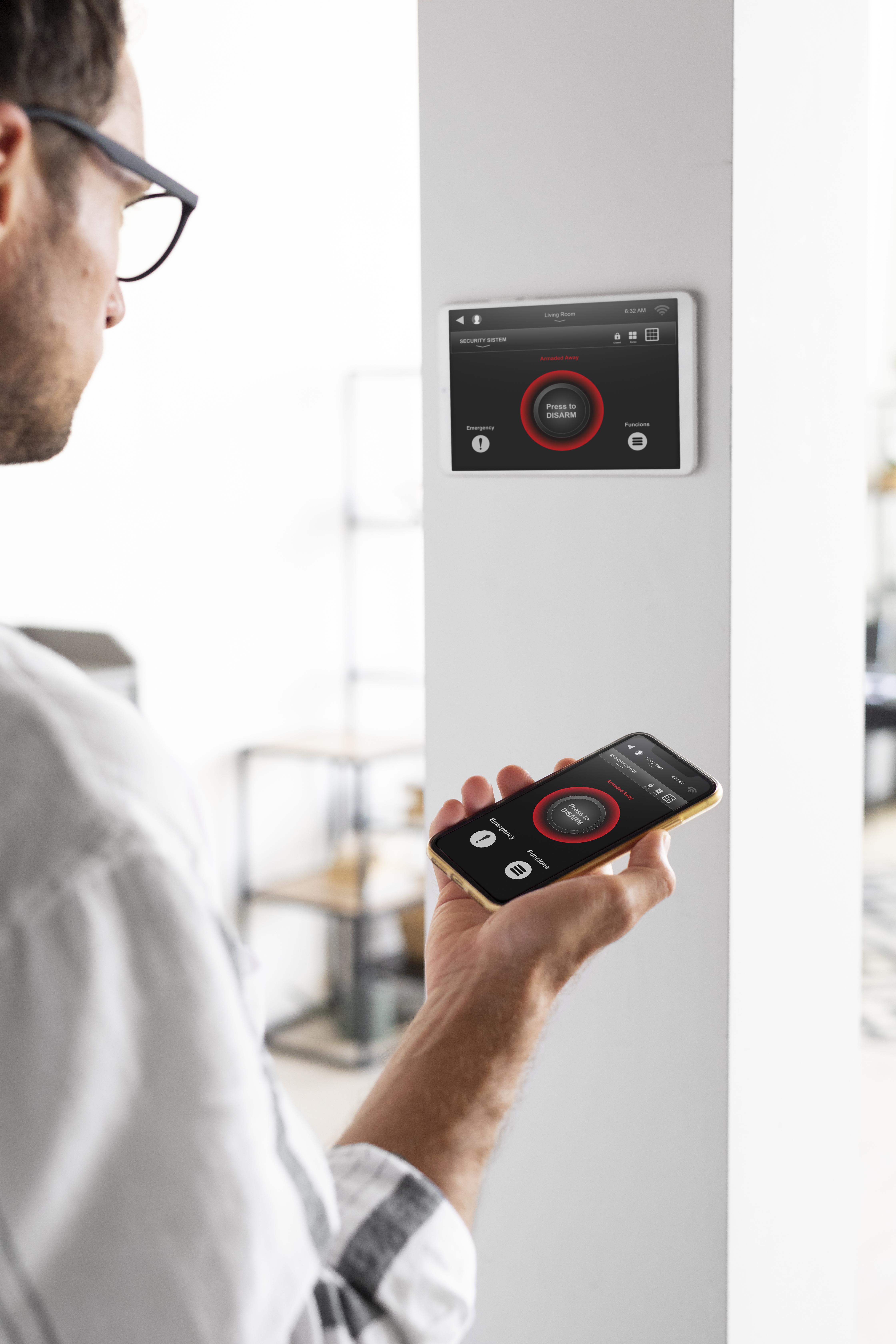Building security is becoming increasingly complex and important with the growing challenges and needs of modern society. Technological innovations play a key role in improving security, providing advanced tools and systems that ensure the protection of buildings and the people within them. In this blog, we will explore how smart security systems, access automation, and other innovative technologies impact building security.
Smart Security Systems for Buildings
Smart security systems for buildings are revolutionizing the way facilities are secured. By integrating advanced sensors, high-resolution cameras, and artificial intelligence algorithms, these systems continuously monitor spaces and detect irregularities or threats. The use of data analytics enables precise recognition of unknown faces or suspicious activities, ensuring a rapid response and preventing incidents.
Not only do smart security systems detect irregularities or threats, but they also enable quick and coordinated reactions in emergency situations. Integration with smart management systems allows for automatic activation of fire suppression systems, closing of security doors, or calling emergency services when needed. This ability for automated response significantly reduces the time from threat detection to neutralization, providing an additional layer of protection for buildings and their inhabitants.

Building Access Automation
Building access automation is transforming the way entry and exit from facilities are controlled. Smart access systems use various technologies such as RFID cards, biometric scanners, or smartphones to enable secure and efficient building access. In addition to eliminating the need for traditional keys that can be lost or stolen, these systems provide detailed records of people's movements within the building, thereby improving security and access control.
Building access automation also allows for the customization of access and adaptation to different needs and user authorization levels. Smart access systems enable the definition of specific access rights for different categories of people, such as employees, guests, or maintenance staff. This way, administrators have complete control over who can access certain rooms or resources within the building, further enhancing security and reducing the risk of unauthorized access. Additionally, these systems enable tracking and analysis of people's movements within the building, providing valuable information about usage habits and potential security risks.
Smart Buildings
Smart buildings represent the future of urban space, integrating advanced technologies to improve security, comfort, and energy efficiency. Building Management Systems (BMS) allow centralized control over all vital building systems, including security systems, lighting, air conditioning, and more. This integration enables rapid response to potential threats or incidents, as well as optimization of resources to reduce energy consumption and maintenance costs.
Environmental Monitoring Systems for Buildings
Environmental monitoring systems for buildings provide detailed information about external conditions and situations near the facility. Combining sensors for smoke, gas, or other hazards with advanced video surveillance systems, these systems allow for quick responses to potential threats to the safety of the building and its residents. Integration with smart analytical tools enables automatic detection of irregularities and sends alerts to responsible persons, ensuring a quick and effective intervention in emergency situations.
Smart Lock Systems for Buildings
l locks with advanced digital solutions that offer a higher level of security and control. These systems enable remote locking and unlocking of doors via mobile apps or other smart devices, facilitating the management of building access and eliminating the need for physical keys. Additional features such as time-limited access or tracking of user activity further enhance security and access control.
Smart lock systems for buildings offer a multi-beneficial solution that surpasses traditional locks in many aspects of security and convenience. One of the key advantages of these systems is the ability to customize access according to user needs and preferences. For example, building owners or managers can set time-limited accesses for certain users, allowing control over when certain individuals can access the building or its rooms. This functionality provides an additional layer of security, especially in situations where it is necessary to limit access during specific time intervals, such as business premises after working hours.
Conclusion
Technological innovations have a profound and positive impact on building security, providing advanced tools and systems that ensure the protection of facilities and the people within them. Smart security systems, access automation, smart buildings, and other innovative technologies are becoming essential elements of modern construction projects and property management. Through the integration of advanced sensors, analytical tools, and artificial intelligence technologies, these systems enable rapid threat detection, efficient emergency response, and optimization of resources and energy efficiency.
Ultimately, technological innovations represent a key factor in enhancing building security, providing not only protection from external threats but also improved comfort, efficiency, and sustainability of the urban environment. Through further development and application of advanced technologies, we can expect even safer and smarter buildings that meet the challenges of modern life and work.

